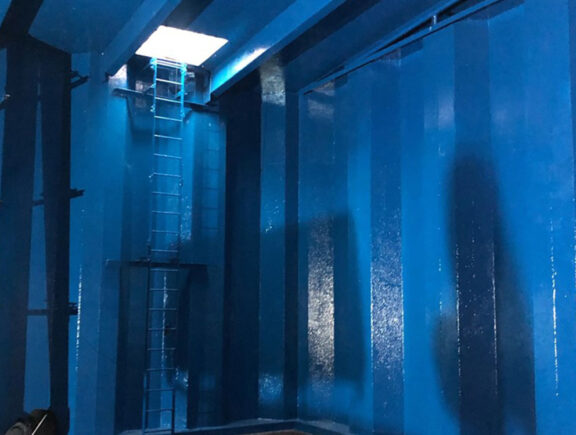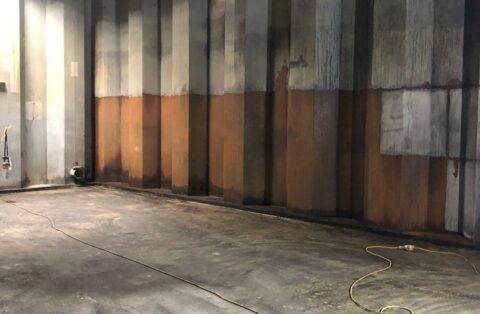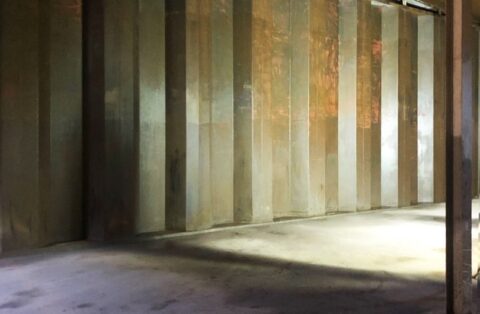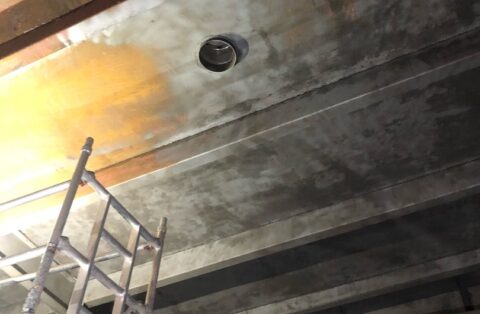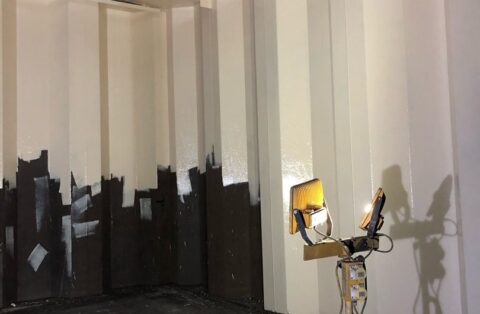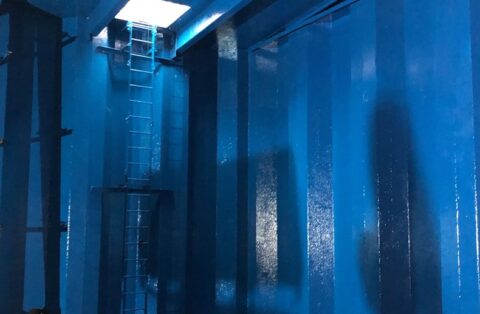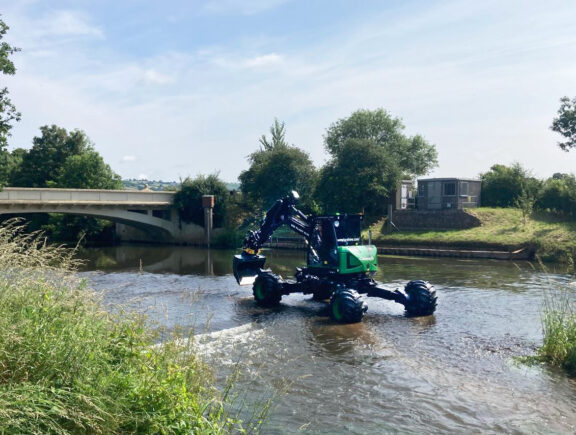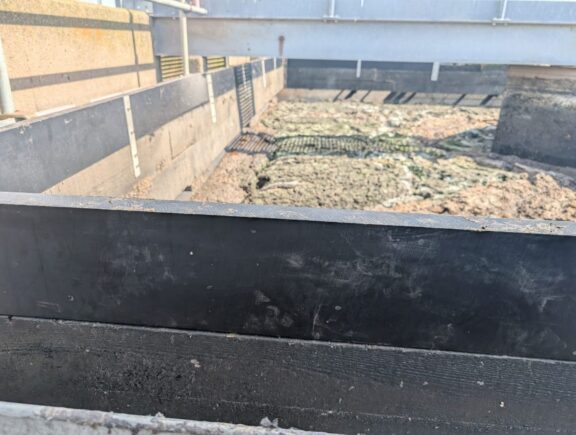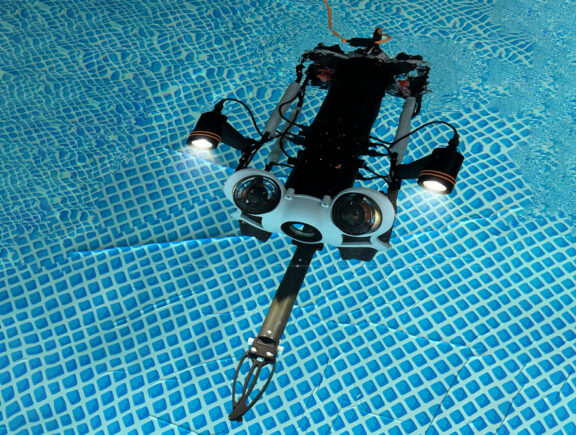Initially, grit blasting was used to remove the previous coating, however, this method proved to be inefficient and ineffective due to the need to remove all coatings, ensuring compliance with Regulation 31.
Following reappraisal, it was decided that ultra-high-pressure water jetting would be used as an alternative solution to remove the coatings from the walls, soffits and beams, before finally grit blasting. Surface profile tests and salt tests were then completed to the steel surface to ensure compliance. The tests formed one part of the Stonbury Quality and Testing Procedure for the works, providing evidence of compliance with the relevant standards required.
On completion of the tests, two coats of a Regulation 31 approved epoxy paint were applied to the walls and soffit of the tank. During the coating works, environmental control equipment was installed to ensure the product was applied as per the Information For Use documents (IFU) approved by the DWI. This included heaters and dehumidifiers to keep the temperature up and the humidity down. Temperature, humidity and dew point readings were all recorded daily through electronic data loggers.
Once the paint works were completed and cured, pull-off tests were carried out in several areas of the tank to prove the bond between the new coating and existing substrate, which all demonstrated positive results. The tank also passed an external spark test, following some additional works to a number of pinholes which were identified during the first test.
The coating was then left to cure for 72 hours, with the environmental conditions monitored using data loggers. The control equipment remained inside the tank throughout the cure and inspection period.
Following a final clean and chlorination, the tank was inspected and handed back to the client for sampling before being successfully returned to service. Although the project was more challenging than expected, the team persevered and completed the works to a high standard.
